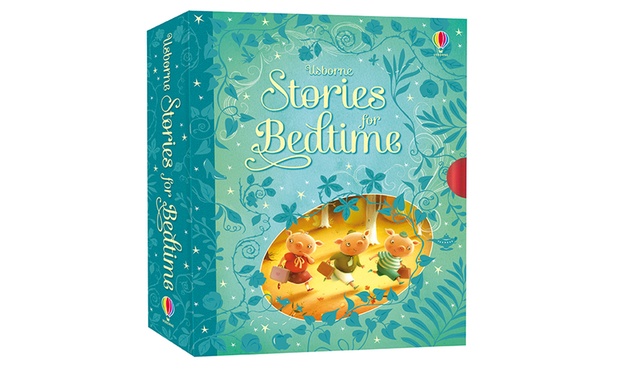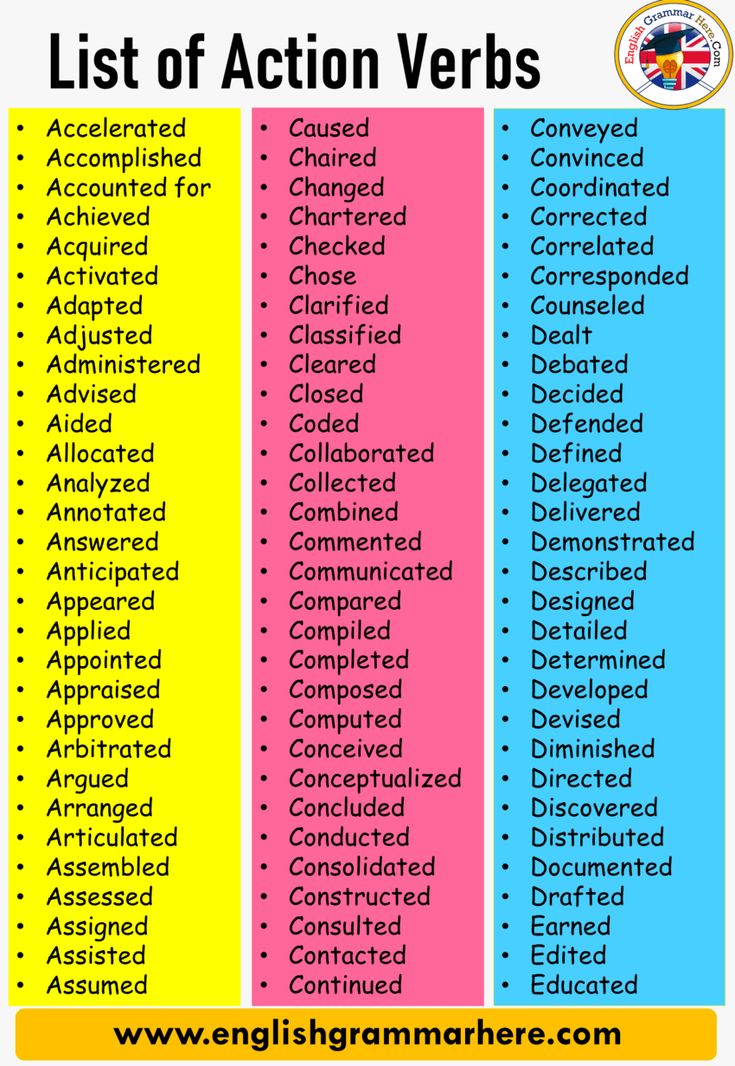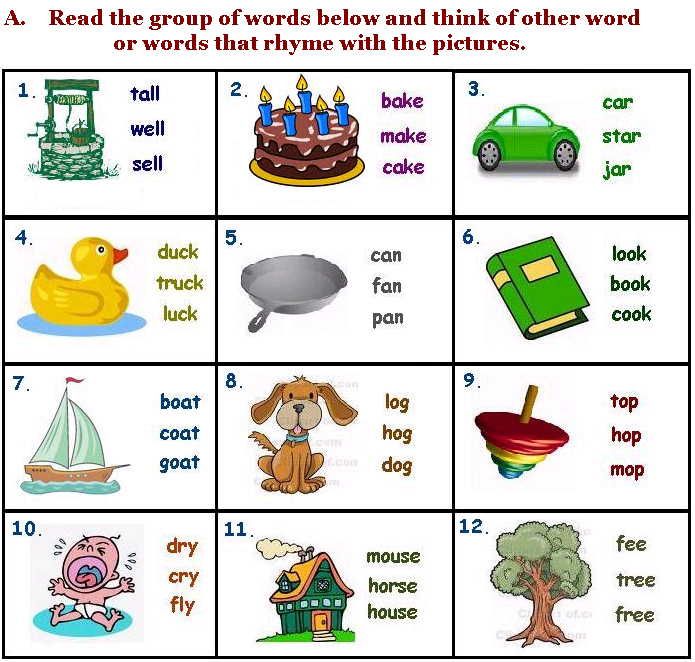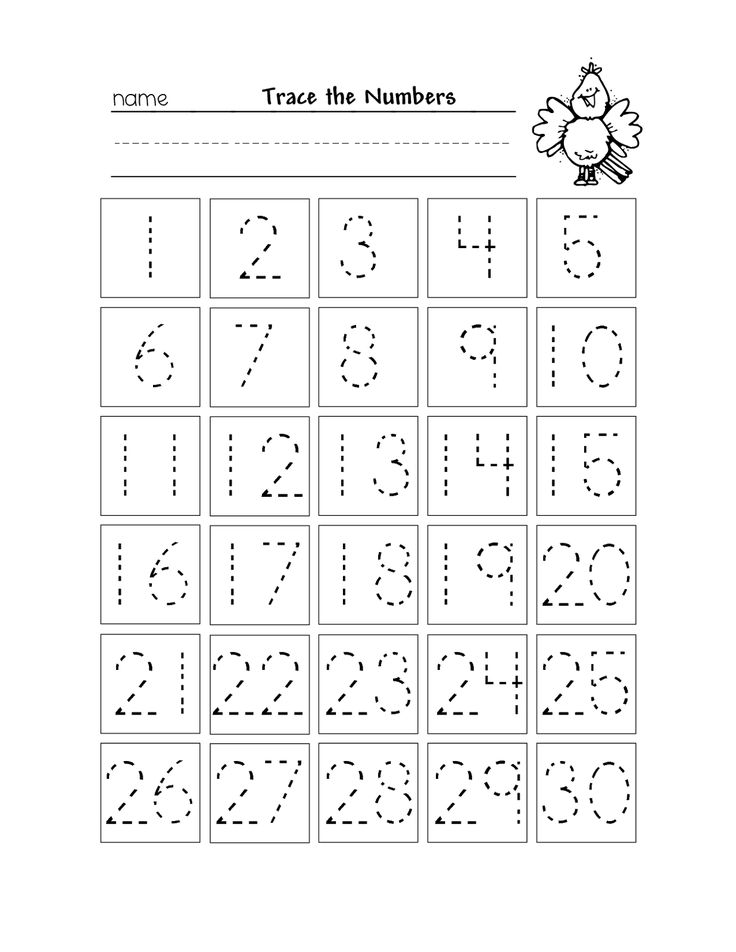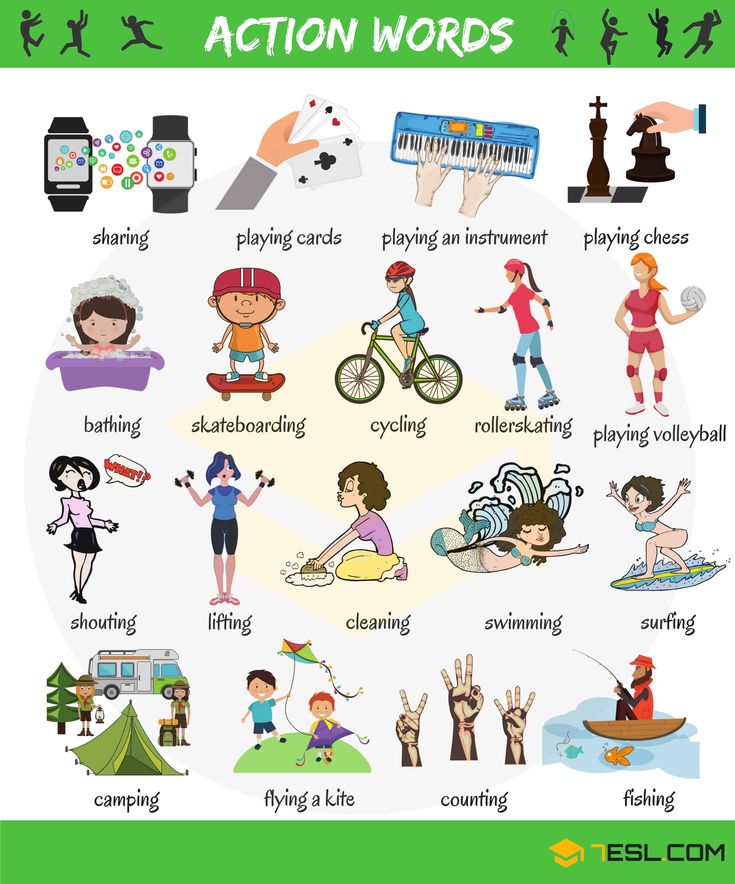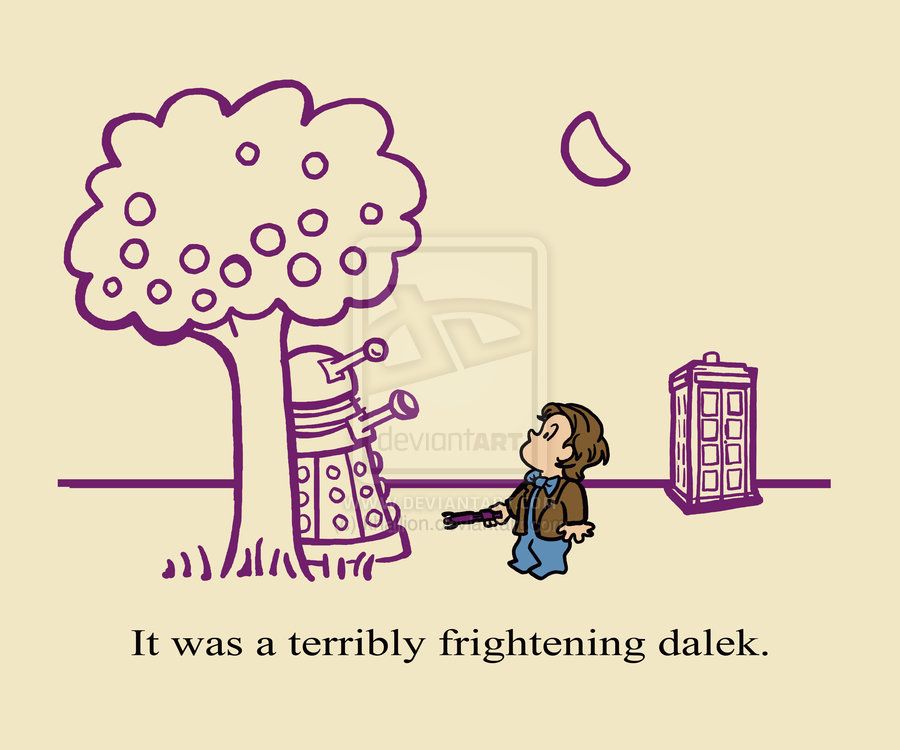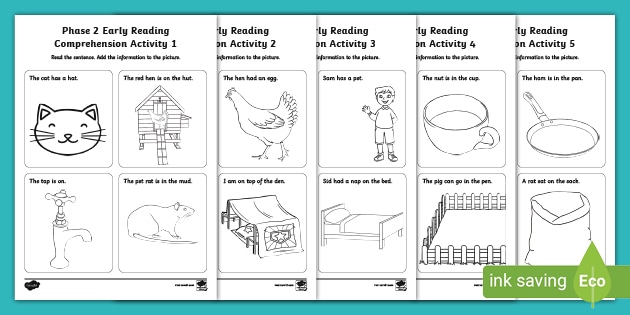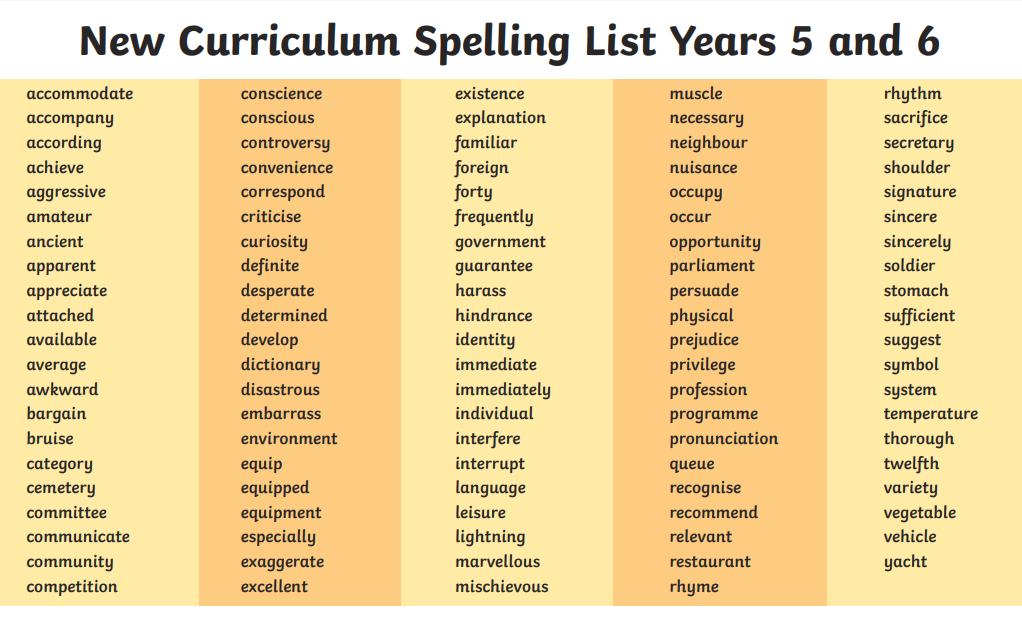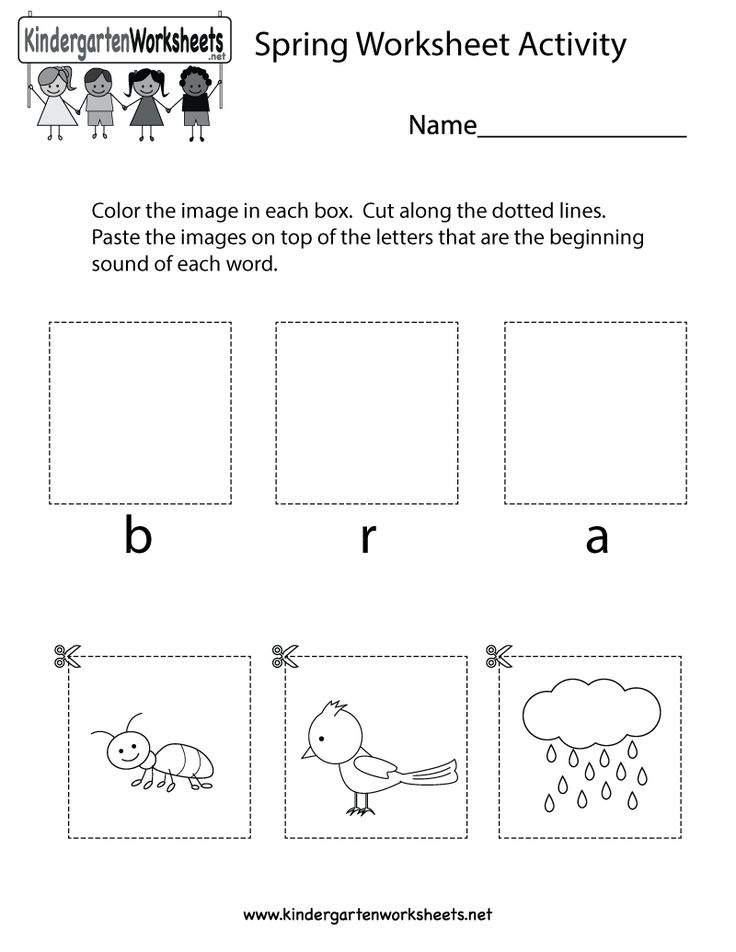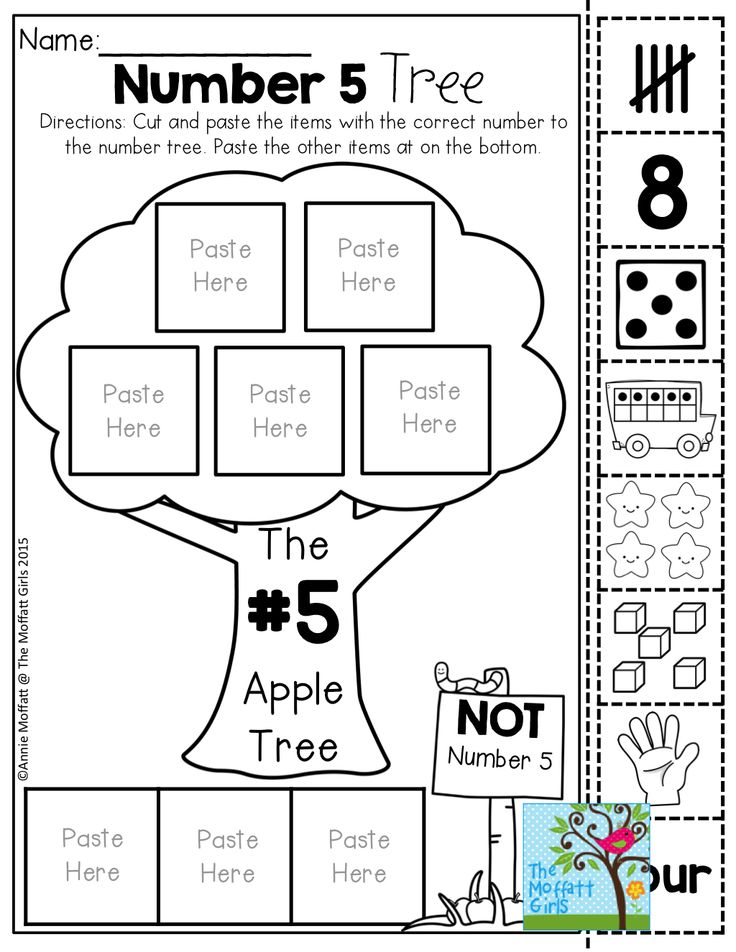Helping your child learn to read
Tips to Help Children Learn to Read
Written by Dayva Segal
Reviewed by Dan Brennan, MD on August 18, 2021
In this Article
- Read Out Loud to Your Children
- Other Tips to Help Your Children Learn to Read
- What to Do if Your Child Is Having Trouble With Reading
Reading is an important skill that children will use daily for the rest of their lives. While many children learn to read at school, parents can enhance the experience by offering support at home. This support can begin as soon as your child is born.
Read Out Loud to Your Children
Experts agree that reading out loud to your children is the best way to help them learn to read. Start when your child is a newborn baby and continue throughout childhood. As a baby, your child is primed to learn the skills that will help them learn to read as they get older.
To make reading out loud as effective as possible, make sure to:
- Read age-appropriate books.
Babies, for example, enjoy board books that they can touch and play with. Older children may enjoy "big books" that help them to see differences in words and letters.
- Use silly voices and voice effects. This helps your children to engage with the story and feel excited about reading time.
- Point to words as you read so your child can follow along. Doing this helps solidify the idea that words are where the story comes from.
- Talk about the pictures. Ask your child to name what they see in the pictures and talk about what the images show as it relates to the story.
- Relate the story to life. Show your child how things in the book relate to things that happen in real life.
- Answer questions. If your child asks a question, stop and answer it. That will keep them engaged and interested.
- Read more difficult books. Once your child learns to read, keep reading out loud to them.
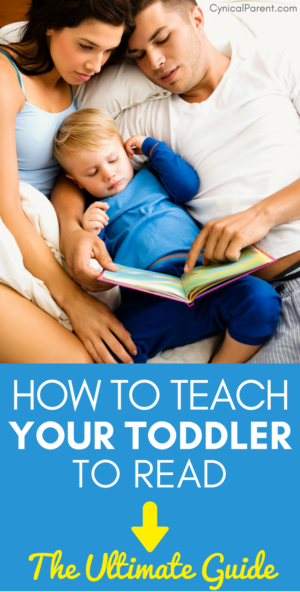 You can read books that are above their reading level to encourage further improvement in their reading level.
You can read books that are above their reading level to encourage further improvement in their reading level.
Other Tips to Help Your Children Learn to Read
Besides reading out loud to your children, there are other things you can do to encourage literacy.
- Listen to your child read out loud. Once they learn to read, encourage them to read to you. This helps them build confidence in reading. The goal with reading aloud is for your child to understand the story. So if they need help pronouncing a word, tell them how it's said instead of making them sound it out — that way, they don't lose their place or the meaning of the sentence. If your child accidentally uses a word that doesn't make sense, have them go back and reread the sentence.
- Praise your child's reading. As your child learns reading, offering praise helps them gain confidence.
- Make reading time part of your daily routine. Daily reading time creates a routine that lets your child know reading is part of everyday life.
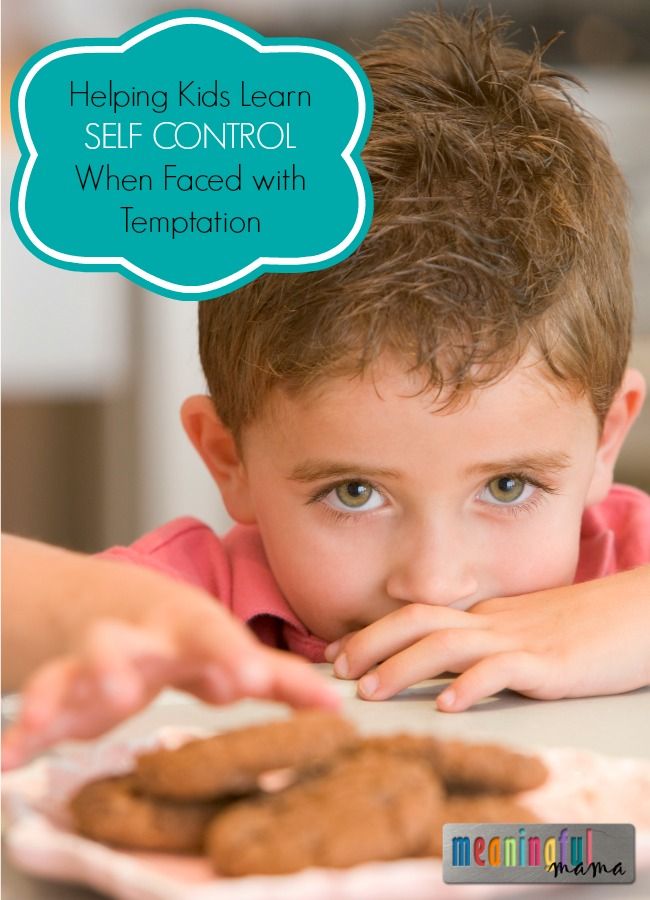 Many families choose bedtime as their preferred reading time.
Many families choose bedtime as their preferred reading time. - Leave books in your kid's bedroom. That way, they can look at them and enjoy them whenever they want.
- Let your child complete sentences. If your child learns the words in their favorite books, let them finish the sentences or "read" the whole book out loud.
- Read books your child likes. This helps them to engage with reading time and enjoy it more.
- Remember, anyone can teach reading. Some parents think that only teachers can teach reading to children. But parents can, too. Reading is an essential life skill.
- Be patient. If your child shows no interest in a book, don't force it. If your child tries to write a word and gets a letter wrong, they still deserve praise. Patience and praise are more helpful for a child's learning to read than getting frustrated or yelling.
- Talk to your children.
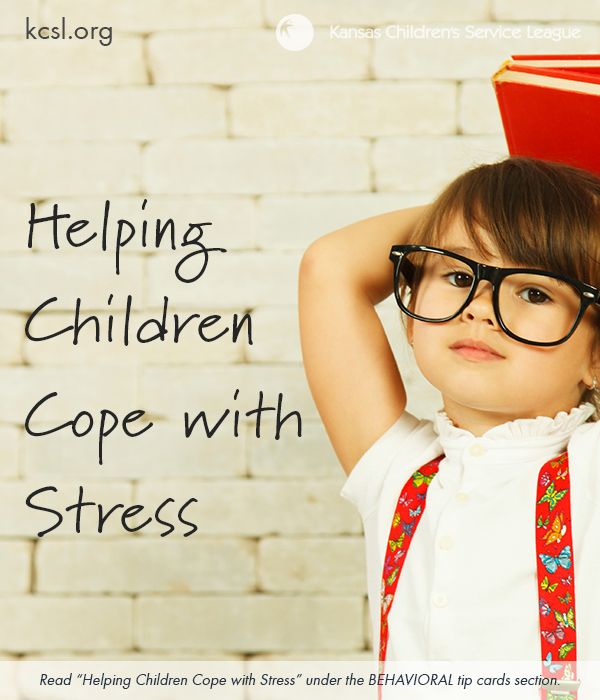 Exposing your child to new words and language can help their literacy skills. Talking to your baby a lot, for example, can help them become better readers later on.
Exposing your child to new words and language can help their literacy skills. Talking to your baby a lot, for example, can help them become better readers later on. - Encourage writing. Writing is part of literacy. Provide writing tools like crayons, pencils, and markers. Encourage your child to write, even if it's just scribbling. One idea is to write your child a letter and ask them to write one back.
- Have your child tell you a story and write it down. Ask your child to tell you a simple story. Write it down and then read it back to them while pointing at the words.
- Teach your child phonics. There are countless products available that help children learn the sounds that are associated with letters. This helps them to sound out words as they are learning to read. You can also just use paper and a pencil to help them learn this skill. Research shows that when children don't know phonics, they struggle more with reading.
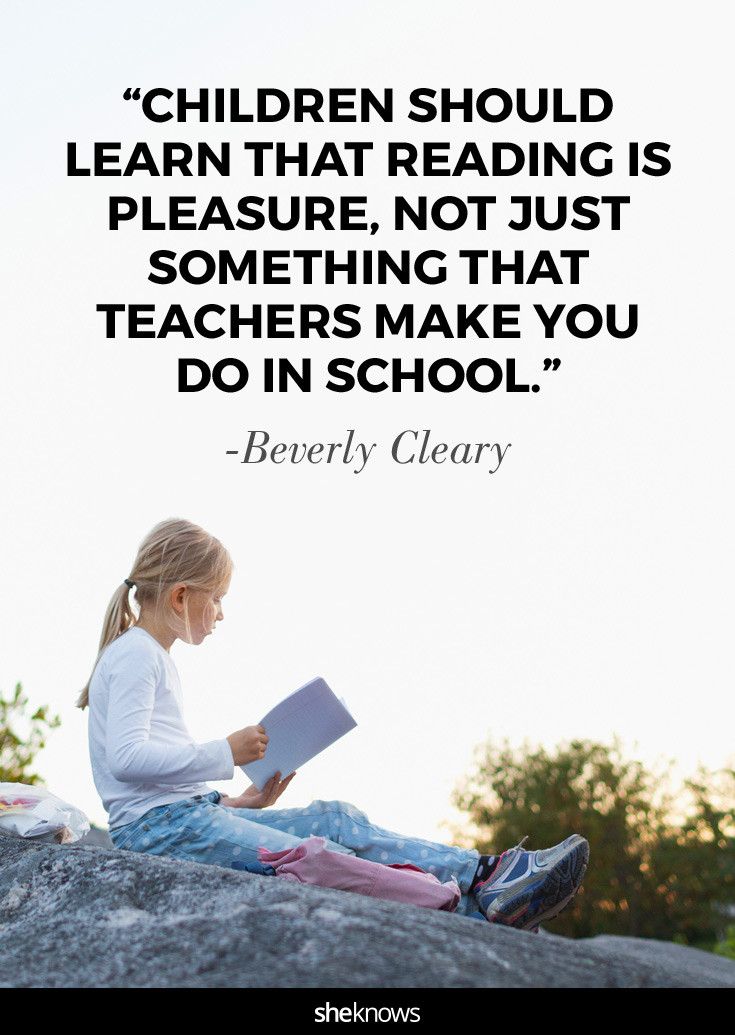
- Avoid "leveled" reading programs. Some people believe that children who get frustrated by reading difficult material will get turned off by reading. But experts say that children learn more when they're exposed to more challenging reading material. Easy-level books often train children to rely on word memorization because they often use the same words over and over. They also train children to rely more on pictures. That can lead to slower reading development. It's best if children are exposed to a variety of challenges in their reading materials.
- Talk to teachers. Ask your child's teachers about their reading program and how they teach literacy. Look for them to include phonics, reading out loud in class, vocabulary, and writing practice.
What to Do if Your Child Is Having Trouble With Reading
If your child's reading is not progressing, you should work with their school to get testing done. That way, you can find out if your child has a learning difficulty or difference, or if it's simply that the reading program in their class doesn't work for them. If your child does get diagnosed with a learning difference, like dyslexia, they're entitled to receive extra services from their school for free.
If your child does get diagnosed with a learning difference, like dyslexia, they're entitled to receive extra services from their school for free.
You can also hire a tutor to help your child improve their reading. Free tutoring may be available for students from low-income families.
At home, provide ongoing emotional support to keep your child from getting discouraged.
11 Ways Parents Can Help Their Children Read
Parents often ask how they can help their children learn to read; and it’s no wonder that they’re interested in this essential skill. Reading plays an important role in later school success. One study even demonstrates that how well 7-year-olds read predicts their income 35 years later!
Here are 11 practical recommendations for helping preschoolers and school-age students learn to read.
1. Teaching reading will only help.
Sometimes, parents are told early teaching is harmful, but it isn’t true. You simply can’t introduce literacy too early. I started reading to my own children on the days they were each born! The “dangers of early teaching” has been a topic of study for more than 100 years, and no one has ever found any convincing evidence of harm. Moreover, there are hundreds of studies showing the benefits of reading to your children when they are young.
I started reading to my own children on the days they were each born! The “dangers of early teaching” has been a topic of study for more than 100 years, and no one has ever found any convincing evidence of harm. Moreover, there are hundreds of studies showing the benefits of reading to your children when they are young.
2. Teaching literacy isn’t different than teaching other skills.
You don’t need a Ph.D. to raise a happy, healthy, smart child. Parents have been doing it for thousands of years. Mothers and fathers successfully teach their kids to eat with a spoon, use a potty, keep their fingers out of their noses, and say “please.” These things can be taught pleasantly, or they can be made into a painful chore. Being unpleasant (e.g. yelling, punishing, pressuring) doesn’t work, and it can be frustrating for everyone. This notion applies to teaching literacy, too. If you show your 18-month-old a book and she shows no interest, then put it away and come back to it later.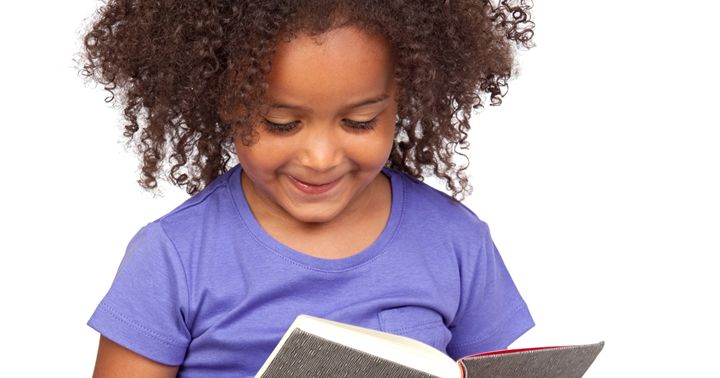 If your child tries to write her name and ends up with a backwards “D,” no problem. No pressure. No hassle. You should enjoy the journey, and so should your child.
If your child tries to write her name and ends up with a backwards “D,” no problem. No pressure. No hassle. You should enjoy the journey, and so should your child.
3. Talk to your kids (a lot).
Last year, I spent lots of time with our brand new granddaughter, Emily. I drowned her in language. Although “just a baby,” I talked — and sang — to her about everything. I talked about her eyes, nose, ears, mouth, and fingers. I told her all about her family — her mom, dad, and older brother. I talked to her about whatever she did (yawning, sleeping, eating, burping). I talked to her so much that her parents thought I was nuts; she couldn’t possibly understand me yet. But reading is a language activity, and if you want to learn language, you’d better hear it, and eventually, speak it. Too many moms and dads feel a bit dopey talking to a baby or young child, but studies have shown that exposing your child to a variety of words helps in her development of literacy skills.
4. Read to your kids.

I know everyone says this, but it really is a good idea — at least with preschoolers. One of my colleagues refers to this advice as the “chicken soup” of reading education. We prescribe it for everything. (Does it help? It couldn’t hurt.) If a parent or caregiver can’t read or can’t read English, there are alternatives, such as using audiobooks; but for those who can, reading a book or story to a child is a great, easy way to advance literacy skills. Research shows benefits for kids as young as 9-months-old, and it could be effective even earlier than that. Reading to kids exposes them to richer vocabulary than they usually hear from the adults who speak to them, and can have positive impacts on their language, intelligence, and later literacy achievement. What should you read to them? There are so many wonderful children’s books. Visit your local library, and you can get an armful of adventure. You can find recommendations from kids at the Children’s Book Council website or at the International Literacy Association Children's Choices site.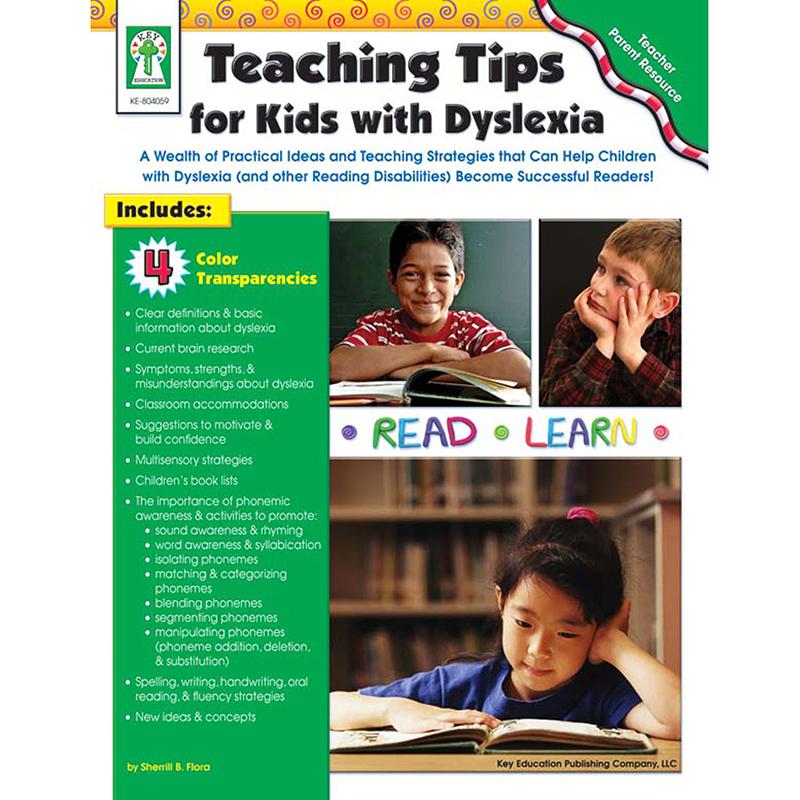 [Reading Rockets also provides guidance and lots of themed booklists in our Children's Books & Authors section.]
[Reading Rockets also provides guidance and lots of themed booklists in our Children's Books & Authors section.]
5. Have them tell you a “story.”
One great way to introduce kids to literacy is to take their dictation. Have them recount an experience or make up a story. We’re not talking “Moby Dick” here. A typical first story may be something like, “I like fish. I like my sister. I like grandpa.” Write it as it is being told, and then read it aloud. Point at the words when you read them, or point at them when your child is trying to read the story. Over time, with lots of rereading, don’t be surprised if your child starts to recognize words such as “I” or “like.” (As children learn some of the words, you can write them on cards and keep them in a “word bank” for your child, using them to review later.)
6. Teach phonemic awareness.
Young children don’t hear the sounds within words. Thus, they hear “dog,” but not the “duh”-“aw”- “guh.” To become readers, they have to learn to hear these sounds (or phonemes).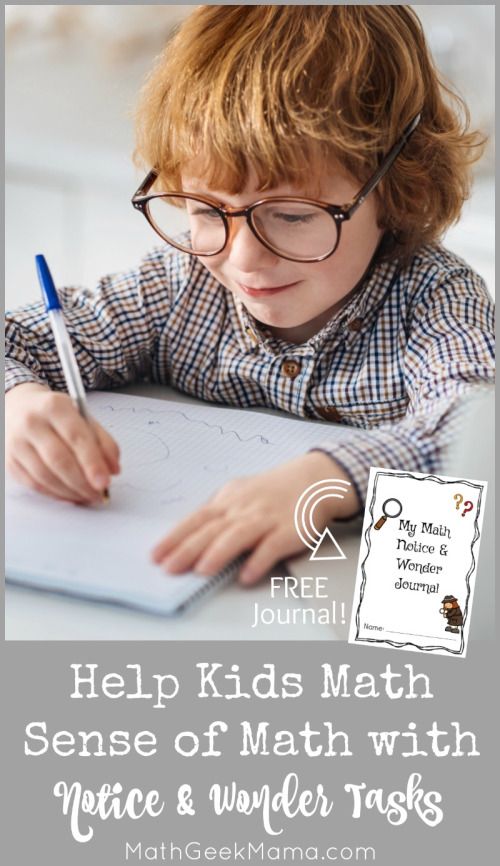 Play language games with your child. For instance, say a word, perhaps her name, and then change it by one phoneme: Jen-Pen, Jen-Hen, Jen-Men. Or, just break a word apart: chair… ch-ch-ch-air. Follow this link to learn more about language development milestones in children.
Play language games with your child. For instance, say a word, perhaps her name, and then change it by one phoneme: Jen-Pen, Jen-Hen, Jen-Men. Or, just break a word apart: chair… ch-ch-ch-air. Follow this link to learn more about language development milestones in children.
7. Teach phonics (letter names and their sounds).
You can’t sound out words or write them without knowing the letter sounds. Most kindergartens teach the letters, and parents can teach them, too. I just checked a toy store website and found 282 products based on letter names and another 88 on letter sounds, including ABC books, charts, cards, blocks, magnet letters, floor mats, puzzles, lampshades, bed sheets, and programs for tablets and computers. You don’t need all of that (a pencil and paper are sufficient), but there is lots of support out there for parents to help kids learn these skills. Keep the lessons brief and fun, no more than 5–10 minutes for young’uns. Understanding the different developmental stages of reading and writing skills will help to guide your lessons and expectations.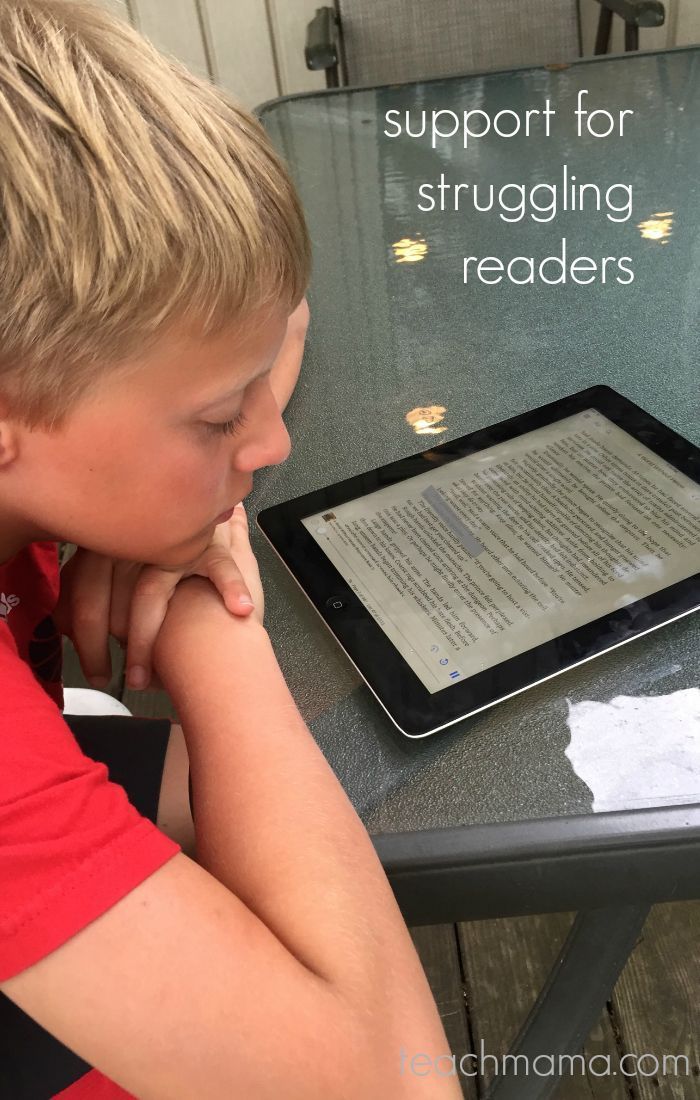
8. Listen to your child read.
When your child starts bringing books home from school, have her read to you. If it doesn’t sound good (mistakes, choppy reading), have her read it again. Or read it to her, and then have her try to read it herself. Studies show that this kind of repeated oral reading makes students better readers, even when it is done at home.
9. Promote writing.
Literacy involves reading and writing. Having books and magazines available for your child is a good idea, but it’s also helpful to have pencils, crayons, markers, and paper. Encourage your child to write. One way to do this is to write notes or short letters to her. It won’t be long before she is trying to write back to you.
10. Ask questions.
When your child reads, get her to retell the story or information. If it’s a story, ask who it was about and what happened. If it’s an informational text, have your child explain what it was about and how it worked, or what its parts were. Reading involves not just sounding out words, but thinking about and remembering ideas and events. Improving reading comprehension skills early will prepare her for subsequent success in more difficult texts.
Reading involves not just sounding out words, but thinking about and remembering ideas and events. Improving reading comprehension skills early will prepare her for subsequent success in more difficult texts.
11. Make reading a regular activity in your home.
Make reading a part of your daily life, and kids will learn to love it. When I was nine years old, my mom made me stay in for a half-hour after lunch to read. She took me to the library to get books to kick off this new part of my life. It made me a lifelong reader. Set aside some time when everyone turns off the TV and the web and does nothing but read. Make it fun, too. When my children finished reading a book that had been made into a film, we’d make popcorn and watch the movie together. The point is to make reading a regular enjoyable part of your family routine.
Happy reading!
Sources:
Ritchie, S.J., & Bates, T.C. (2013). Enduring links from childhood mathematics and reading achievement to adult socioeconomic status. Psychological Science, 24, 1301-1308.
Psychological Science, 24, 1301-1308.
Karass J., & Braungart-Rieker J. (2005). Effects of shared parent-infant reading on early language acquisition. Journal of Applied Developmental Psychology, 26, 133-148.
How to teach a child to read: important rules and effective methods
October 26LikbezEducation
Teaching a preschooler to read without losing interest in books is real. Lifehacker has selected the best ways for responsible parents.
Share
0How to understand that it's time to teach your child to read
There are several signs of psychological readiness.
- The child speaks fluently in sentences and understands the meaning of what is said.
- The child understands directions: left-right, up-down. For learning to read, it is important that the baby can follow the text from left to right and from top to bottom.
- The child distinguishes Phonemic Awareness: Concepts and Research / University of Oregon Center on Teaching and Learning sounds (what speech therapists call developed phonemic hearing).
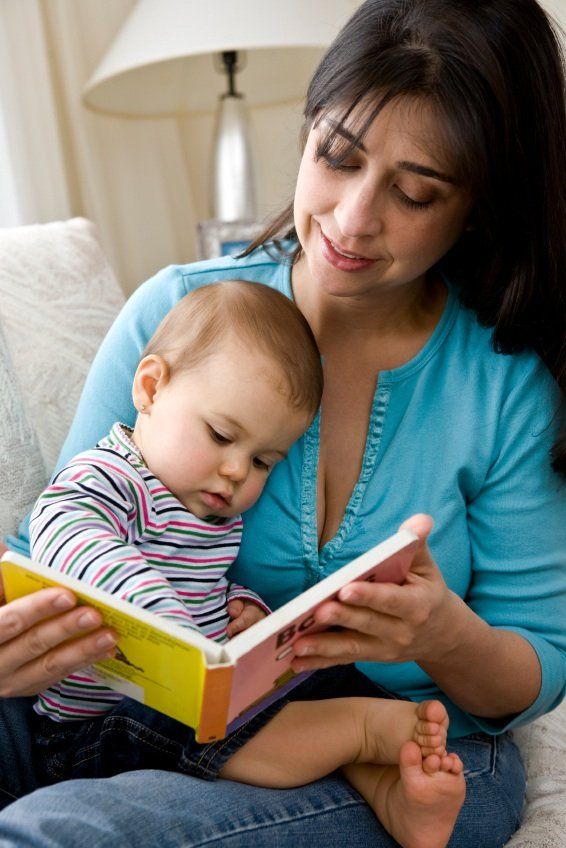 Simply put, the baby will easily understand by ear where the house and the bow are, and where the tom and the hatch are.
Simply put, the baby will easily understand by ear where the house and the bow are, and where the tom and the hatch are. - Your child pronounces all the sounds and has no speech problems.
Natalya Zharikova
Speech therapist with 33 years of experience
A child with speech therapy problems does not hear and does not distinguish similar sounds. From here come errors with speech, and subsequently with reading, and even more often with writing. It is very difficult for a parent to identify violations on their own, so a teacher or a speech therapist can usually point this out to them.
How to teach your child to read
Be patient and follow these simple guidelines.
Set an example
In a family where there is a culture and tradition of reading, children will reach out on their own There’s more than one good way to teach kids how to read / UMBC to books. Read not because it is necessary and useful, but because it is a pleasure for you.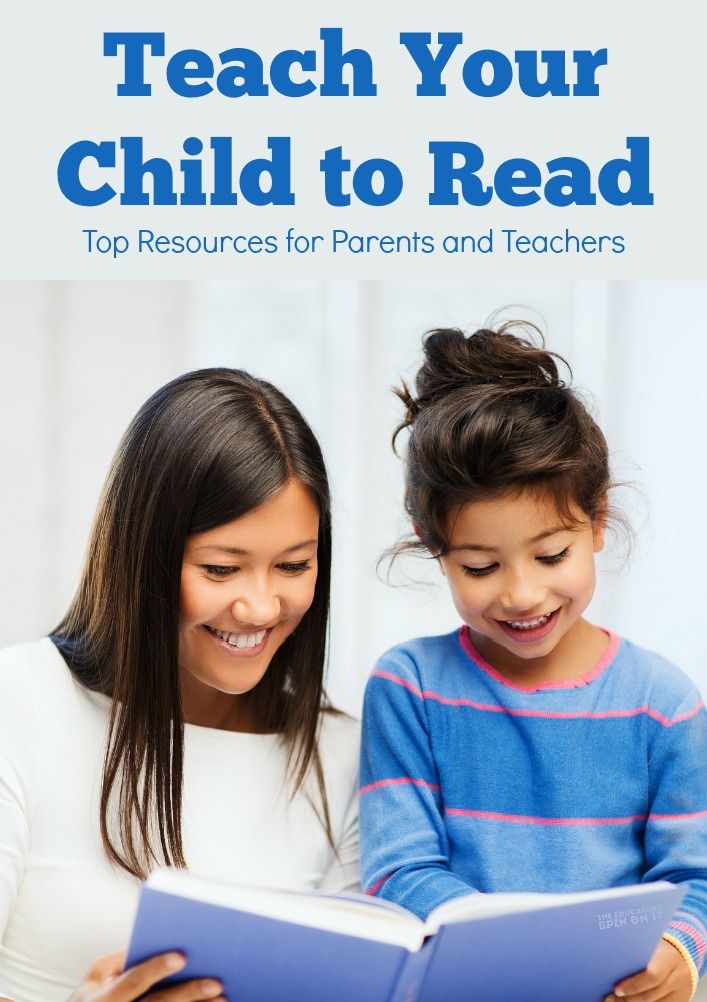
Read together and discuss
Read aloud to your child and then look at the pictures together to encourage interaction D. Koralek, R. Collins. How Most Children Learn to Read / Reading Rockets with the book: “Who is this drawn? Can you show me the cat's ears? And who is that standing next to her?” Older children can be asked more difficult questions: “Why did he do this? What do you think will happen next?"
Don't learn the letters as they are called in the alphabet
Instead, help your child remember the sound the letter makes. For example, you show the letter "m" and say: "This is the letter m (not em )". If a child remembers the alphabetic names of letters ( em , es, ef and so on), it will be quite difficult for him to learn to read. Then, when he sees the word ra-ma in the book, he will try to pronounce er-a-um-a .
Go from simple to complex
Once the child has memorized a few letters (from 2 to 5) and the sounds they represent, move on to syllables.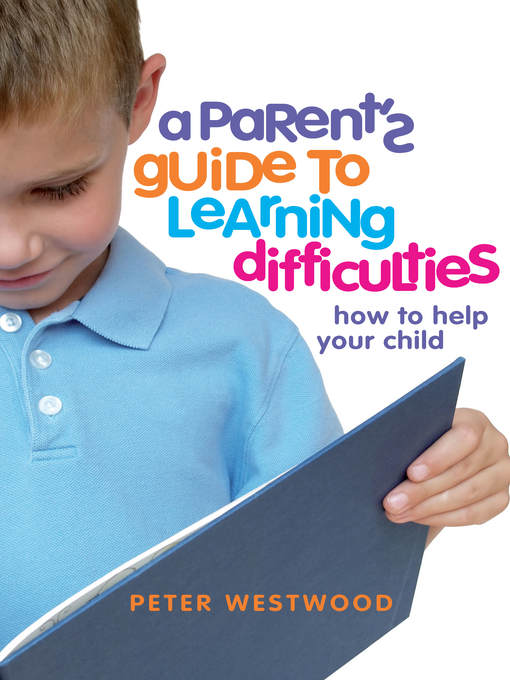 Let the words consisting of repeating syllables be the first: ma-ma, pa-pa, uncle, nanny . In this case, it is not necessary to break the syllable into separate sounds. Do not say: "These are the letters m and a , and together they read ma ". Immediately learn that the syllable is pronounced like ma , otherwise the baby may start to read letter by letter. After mastering simple combinations, move on to more complex ones: ko‑t, zhu‑k, house .
Let the words consisting of repeating syllables be the first: ma-ma, pa-pa, uncle, nanny . In this case, it is not necessary to break the syllable into separate sounds. Do not say: "These are the letters m and a , and together they read ma ". Immediately learn that the syllable is pronounced like ma , otherwise the baby may start to read letter by letter. After mastering simple combinations, move on to more complex ones: ko‑t, zhu‑k, house .
Help to understand the meaning of what they read
Do this when the child begins to slowly but surely reproduce words and whole sentences in syllables. For example, the kid read: "Mom washed the frame." Stop and ask: “What did you just read about?”. If he finds it difficult to answer, let him read the sentence again. And you ask more specific questions: “Who washed the frame? What did mom wash?
Show that letters are everywhere
Play a game. Let the child find the letters that surround him on the street and at home.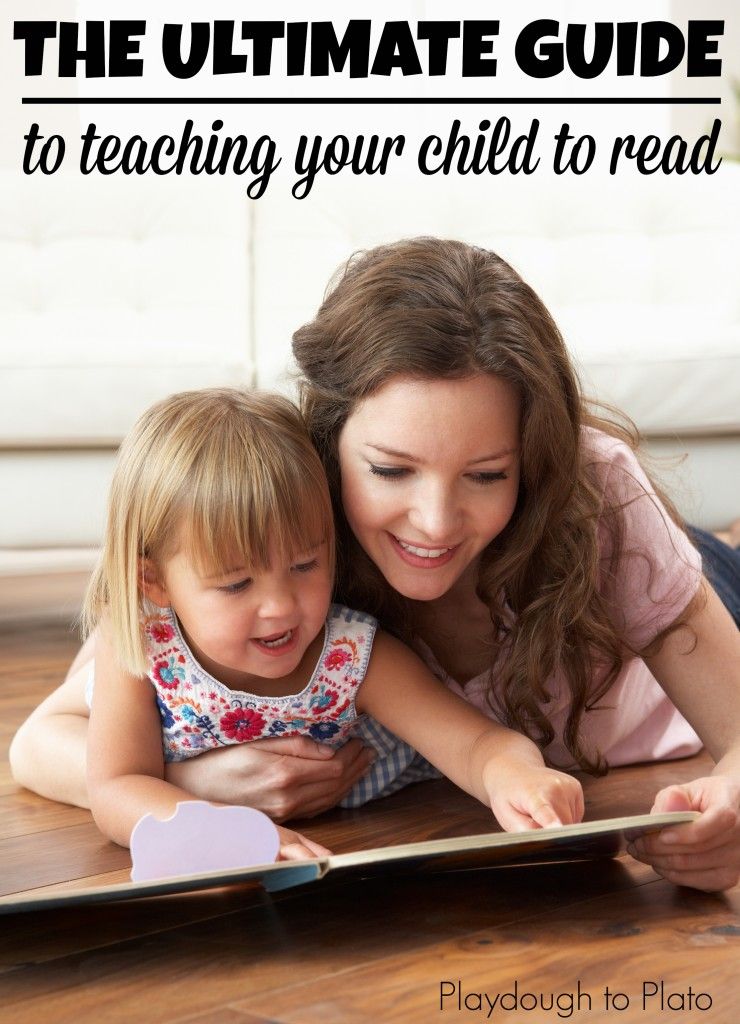 These are the names of stores, and memos on information stands, and advertising on billboards, and even traffic light messages: it happens that the inscription “Go” lights up on green, and “Wait so many seconds” on red.
These are the names of stores, and memos on information stands, and advertising on billboards, and even traffic light messages: it happens that the inscription “Go” lights up on green, and “Wait so many seconds” on red.
Play
And play again. Stack blocks with letters and syllables, make up words, ask your child to read you some kind of sign or inscription on the packaging in the store.
Natalya Zharikova
There are many exercises for memorizing letters. For example, circle the desired letter among a number of others, circle the correctly written among the incorrect ones, color or shade. You can also ask the child to tell what the letter looks like.
Use every opportunity to train
Whether you are waiting in line at the clinic or driving somewhere, take out a book with pictures and short stories to them and invite your child to read together.
Build on your success
Repeat familiar texts, look for familiar characters in new stories.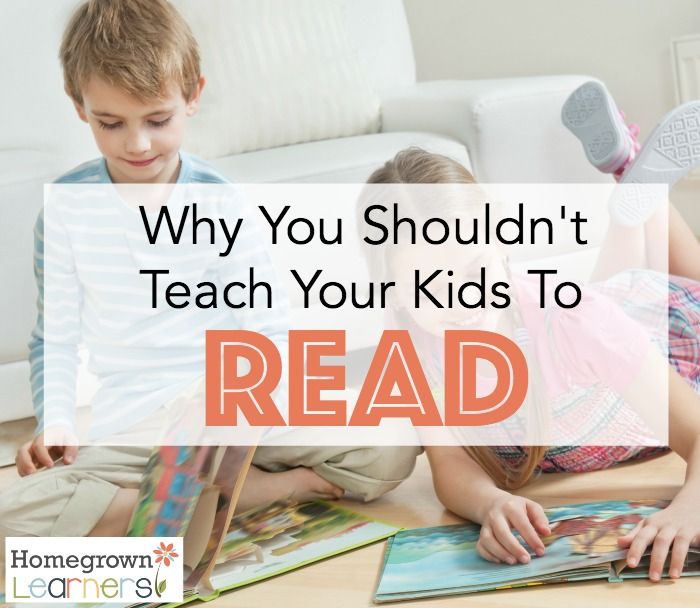 Runaway Bunny is found both in "Teremka" and "Kolobok".
Runaway Bunny is found both in "Teremka" and "Kolobok".
Do not force
This is perhaps the most important thing. Don't take away a child's childhood. Learning should not go through violence and tears.
What techniques to use to teach your child to read
Here are six popular, affordable and effective techniques. Choose one or try several and choose the one that interests your child the most.
1. ABCs and primers
Frame: This is all mine / YouTubeTraditional, but the longest way. The difference between these books is that the alphabet fixes each letter with a mnemonic picture: on the page with B a drum will be drawn, and next to Yu - spinning top. The alphabet helps to remember letters and often interesting rhymes, but will not teach you how to read.
The primer consistently teaches the child to combine sounds into syllables, and syllables into words. This process is not easy and requires perseverance.
There are quite a lot of author's primers now. According to the books of Nadezhda Betenkova, Vseslav Goretsky, Dmitry Fonin, Natalya Pavlova, children can study both with their parents before school and in the first grade.
According to the books of Nadezhda Betenkova, Vseslav Goretsky, Dmitry Fonin, Natalya Pavlova, children can study both with their parents before school and in the first grade.
Parents agree that one of the most understandable methods for teaching preschoolers is Nadezhda Zhukova's primer. The author simply explains the most difficult thing for a child: how to turn letters into syllables, how to read ma-ma rather than start calling individual letters me-a-me-a .
2. Zaitsev's Cubes
Shot: Little Socrates / YouTubeIf a child consistently masters letters and syllables while learning the ABC book, then in 52 Zaitsev's Cubes he is given access to everything at once: a single letter or combinations of consonant and vowel, consonant and hard or soft sign.
The child effortlessly learns the differences between unvoiced and voiced sounds, because the cubes with voiceless consonants are filled with wood, and the cubes with voiced consonants are filled with metal.
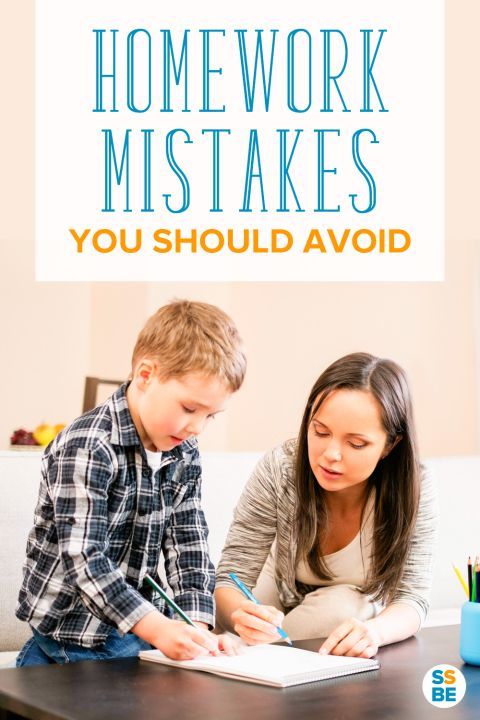
The cubes also differ in size. The large ones depict hard warehouses, the small ones - soft ones. The author of the technique explains this by the fact that when we pronounce to (hard warehouse), the mouth opens wide, or (soft warehouse) - lips in a half smile.
The set includes tables with warehouses that the parent sings (yes, he doesn’t speak, but sings).
The child quickly masters warehouse reading with the help of cubes. But there are also disadvantages: he may begin to swallow endings and face difficulties already at school when parsing a word by composition.
3. "Skladushki" and "Teremki" by Vyacheslav Voskobovich
Shot: Games and Toys Club / YouTube In "Skladushki" Vyacheslav Voskobovich reworked Zaitsev's idea: 21 cards show all the warehouses of the Russian language with nice thematic pictures.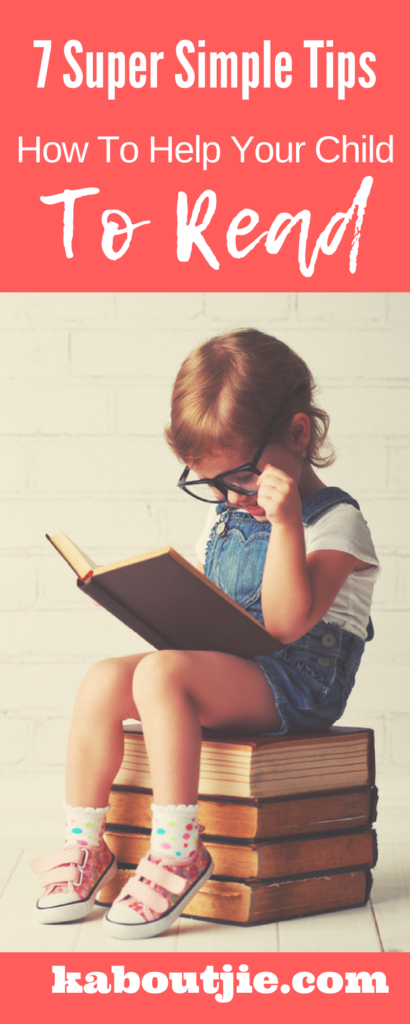 Included is a CD with songs, the texts of which go under each picture.
Included is a CD with songs, the texts of which go under each picture.
Folders are great for kids who like looking at pictures. Each of them is an occasion to discuss with the child where the kitten is, what the puppy is doing, where the beetle flew.
It is possible to teach a child with these cards from the age of three. At the same time, it is worth noting that the author of the methodology himself does not consider Vyacheslav Voskobovich: “How to keep a child in yourself? Play!" / Kostanay news necessary to boost early development.
"Teremki" by Voskobovich consist of 12 wooden cubes with consonants and 12 cardboard cubes with vowels. First, the child gets acquainted with the alphabet and tries with the help of parents to come up with words that begin with each of the letters.
Then it's time to learn the syllables. A is inserted into the tower with the letter M - and the first syllable is obtained ma . From several towers you can lay out words. Learning is based on play. So, when replacing the vowel , the house will turn into smoke .
From several towers you can lay out words. Learning is based on play. So, when replacing the vowel , the house will turn into smoke .
You can start playing tower blocks from the age of two. At the same time, parents will not be left alone with the cubes: the kit includes a manual with a detailed description of the methodology and game options.
4. Chaplygin's dynamic cubes
Shot: Both a boy and a girl! Children's channel - We are twins / YouTubeEvgeny Chaplygin's manual includes 10 cubes and 10 moving blocks. Each dynamic block consists of a pair - a consonant and a vowel. The task of the child is to twist the cubes and find a pair.
At the initial stage, as with any other method of learning to read in warehouses, the child makes the simplest words from repeating syllables: ma-ma, pa-pa, ba-ba . The involved motor skills help to quickly remember the shape of the letters, and the search for already familiar syllables turns into an exciting game. The cubes are accompanied by a manual describing the methodology and words that can be composed.
The involved motor skills help to quickly remember the shape of the letters, and the search for already familiar syllables turns into an exciting game. The cubes are accompanied by a manual describing the methodology and words that can be composed.
The optimal age for classes is 4-5 years. You can start earlier, but only in the game format.
5. Doman's cards
Frame: My little star / YouTubeAmerican doctor Glenn Doman suggests teaching children not individual letters or even syllables, but whole words. Parents name and show the child the words on the cards for 1-2 seconds. In this case, the baby is not required to repeat what he heard.
Classes start with 15 cards with the simplest concepts like female and male . Gradually, the number of words increases, those already learned leave the set, and the child begins to study phrases: for example, color + object, size + object.
How can one understand that a child has understood and memorized the visual image of a word, if the author of the methodology recommends starting classes from birth? Glenn Doman in "The Harmonious Development of the Child" strongly emphasizes that it is not necessary to arrange tests and checks for the child: kids do not like this and lose interest in classes.
It's better to remember 50 cards out of 100 than 10 out of 10.
Glenn Doman
But given that parents can't help but check, he advises the child to play the game if they want and are ready. For example, you can put a few cards and ask to bring one or point to it.
Today psychologists, neurophysiologists Steven Novella. Psychomotor Patterning / The Connecticut Skeptic and pediatricians The Doman‑Delacato Treatment of Neurologically Handicapped Children / American Academy of Pediatrics agree that the Doman method is not aimed at teaching reading, but at rote memorization of visual images of words. The child turns out to be an object of learning and is almost deprived of the opportunity to learn something on his own.
The child turns out to be an object of learning and is almost deprived of the opportunity to learn something on his own.
It is also worth adding: in order to proceed to the stage of reading according to Doman, parents need to prepare cards with all (!) Words that are found in a particular book.
6. Montessori method
Photo: Kolpakova Daria / ShutterstockMontessori reading comes from the opposite: first we write and only then we read. Letters are the same pictures, so you first need to learn how to draw them and only then engage in pronunciation and reading. Children begin by tracing and shading the letters, and through this, they memorize their outline. When several vowels and consonants have been studied, they move on to the first simple words.
Much attention is paid to the tactile component, so children can literally touch the alphabet cut out of rough or velvety paper.
The value of the technique lies in learning through play.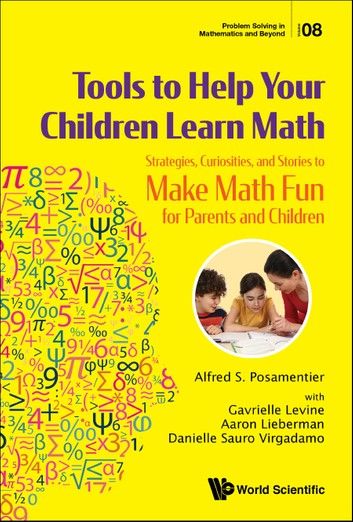 So, you can put a rough letter and a plate of semolina in front of the child and offer to first circle the sign with your finger, and then repeat this on the semolina.
So, you can put a rough letter and a plate of semolina in front of the child and offer to first circle the sign with your finger, and then repeat this on the semolina.
The difficulty for parents is to purchase or prepare a significant amount of handouts. But you can try to make cards with your own hands from cardboard and sandpaper.
What's the result
On the Internet and on posters advertising "developers", you will be offered ultra-modern methods of teaching your child to read at three, two or even from birth. But let's be realistic: a happy mother is needed a year, not developmental activities.
The authors of the methods as one insist that the most natural learning process for a child is through play, and not through classes in which the parent plays the role of a strict controller. Your main assistant in learning is the curiosity of the child himself.
Some children will study for six months and start reading at three, others have to wait a couple of years to learn in just a month. Focus on the interests of the child. If he likes books and pictures, then primers and Folders will come to the rescue. If he is a fidget, then cubes and the Montessori system are better suited.
In learning to read, everything is simple and complex at the same time. If the child often sees you with a book, you have a tradition of reading before bed, your chances of getting your baby interested in reading will increase significantly.
Read also 🧐
- How to teach a child to keep promises
- How to teach a child to say the letter “r”
- How to teach a child to ride a bicycle
- How to teach a child to swim
- How to teach a child to write
We teach a child to read in syllables easily. 5 fun games
Teach your child to read by syllables, but nothing works? Do you repeat 10 times, but after a couple of seconds he forgets everything, and all your attempts end in screams and tears? Of course, school is coming soon and a slight panic seizes you, but relax and don't worry.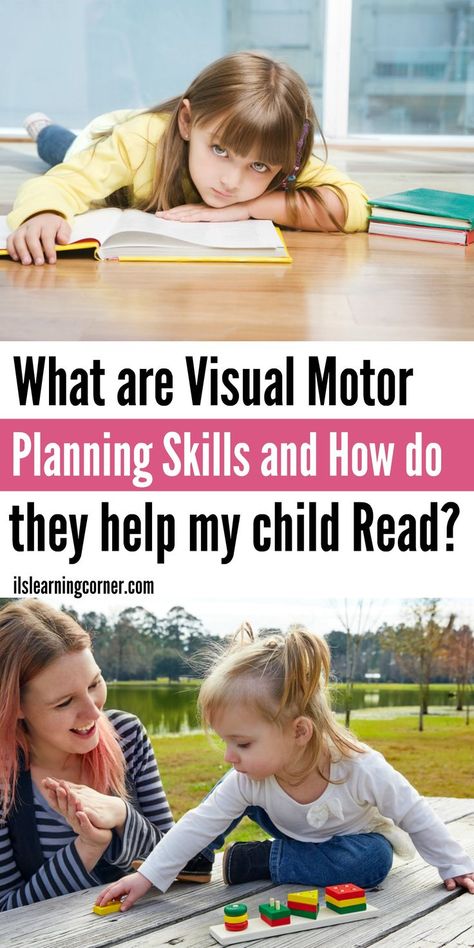 Maybe your child is just not ready yet, or maybe you started wrong. Stay with us and find out everything.
Maybe your child is just not ready yet, or maybe you started wrong. Stay with us and find out everything.
How to teach a child to read in syllables so that he likes it?
If your child already knows the letters, but does not want to learn to read by syllables, most likely you simply did not explain why he needs it. Arguments like “to learn to read”, “to do well in school and be no worse than others” do not work. The child needs to understand why he is doing this at the moment? That is, you must “sell” him the idea of learning to read in syllables so that he wants it himself and is still satisfied.
How to do it?
Start with what your child is interested in. For example, while walking around the city, draw his attention to the poster of a cinema or circus and ask: “Are you interested in knowing which cartoon will be shown in the cinema? Let's honor." Or here is another good example: “Ice cream, what flavor would you like? Let's read what they offer here? Of course, the child will say that he cannot read and ask you to help him.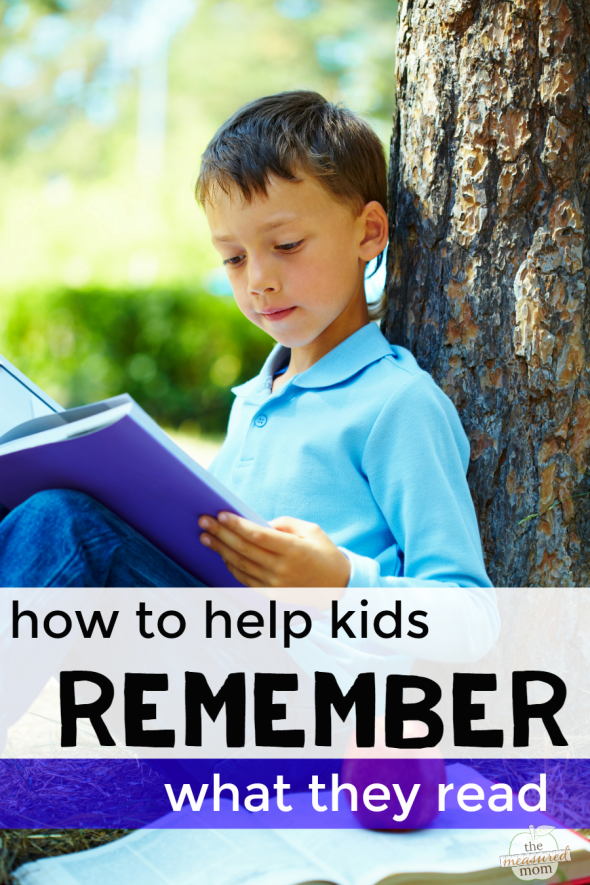 Then you explain to him why you need to be able to read and what is the use of this.
Then you explain to him why you need to be able to read and what is the use of this.
The idea is "sold" - you can start learning!
If your child does not yet know the whole alphabet, then at the same time as learning the letters, you can begin to make small words out of them. Did the child learn two or three letters? For example "M", "U", "I". Excellent! Fold them immediately into the word "MEW" and ask the child who does this. Then ask him to repeat after you syllable by syllable: “meow”, pausing after the first syllable.
Thanks to this approach, it will be easier for the child to read longer words in syllables in the future.
5 fun exercises for teaching children to read by syllables
The first rule that all parents should remember before starting to teach anything to their child under 7 years old is no coercion, always translate everything into a game. Then your child will be happy to participate in the process, and you will see the result faster.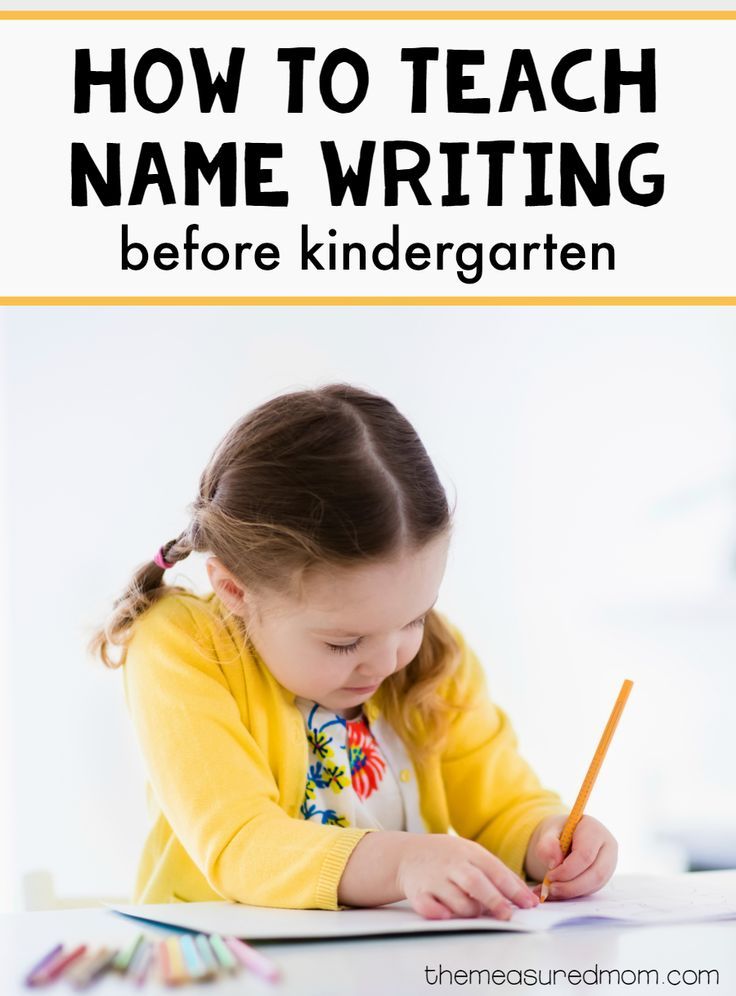
Therefore, all the exercises that we have selected for you are in the form of a game.
Surprise eggs
Take some plastic Kinder Surprise eggs and small cardboard cards with letters. Think of a game scenario. For example, put the letters in the eggs that make up the name of the child's favorite cartoon character according to the principle - one egg - one letter. Then call the child and say that you need to find the name of the hero, otherwise he is lost and cannot find his way home. Then begin to open the eggs together and fold the name in such a way that there is a small distance between the syllables, for example "BIN-GO". As soon as you add up the name, ask the child to read it in syllables and call the hero so that he can find his way home.
When the child manages to name all the characters, you can give him the toy characters he called (if there are such toys at home) or turn on your favorite cartoon.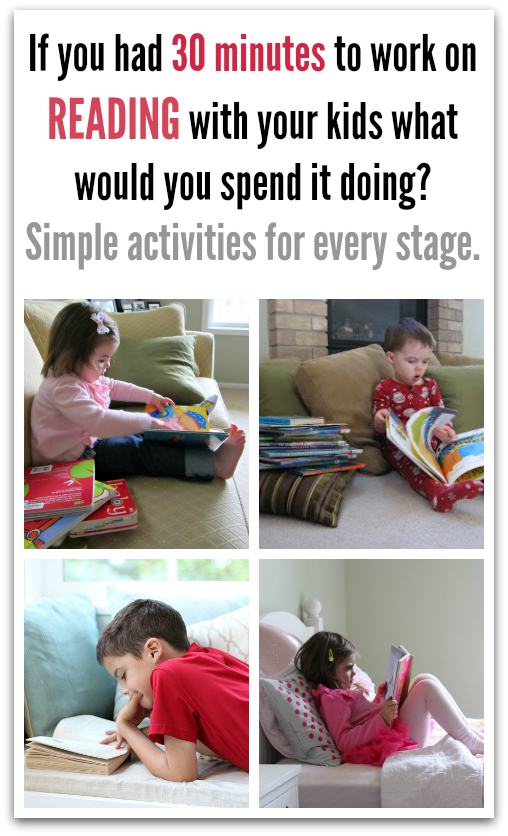
Find a double
Take blocks with letters and together with your child make a syllable out of two letters. For example, let there be a syllable "BA". Say the syllable several times so that the child remembers it. Then ask him to find the familiar syllable "BA" on the pages of any book.
Of course, it may not work the first time. But nothing, praise the child for every syllable found and say that this is just a game and in case of failure you should not be upset.
This exercise develops visual memory well and helps the child get used to syllables.
Let's be friends
What could be more boring than just combining vowels and consonants into syllables? Another thing is to teach letters to be friends so that they make up words. You will need a metal board and letters on magnets. Arrange the letters on the right and left in this order:
Then tell the child that the letters have quarreled and they need to be connected and made friends.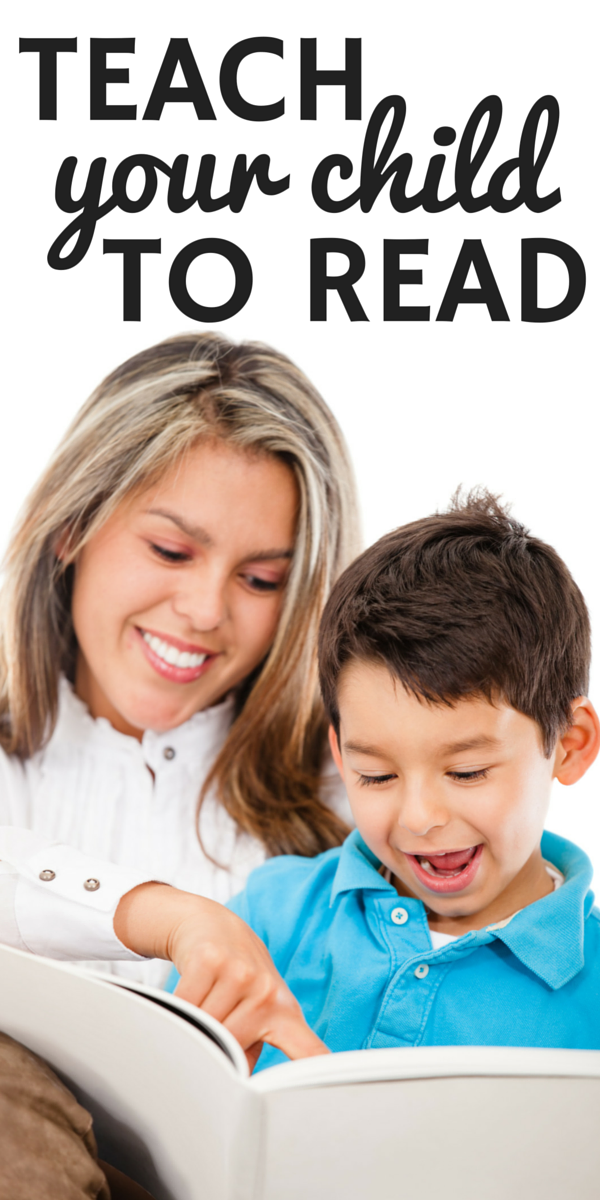 Move together the letter "A" to "U" and read what happened - "AU". So the child will understand that connecting letters into syllables is fun and will begin to connect syllables into words with pleasure.
Move together the letter "A" to "U" and read what happened - "AU". So the child will understand that connecting letters into syllables is fun and will begin to connect syllables into words with pleasure.
⠀
Also learn to read by syllables with our free games.
Pick me up
In this exercise you will have to get a little creative. Take an A4 sheet and draw a dog on it. Sign the word “SO-BA-KA” under the drawing by syllables. Then take scissors and cut vertically so that you get three equal parts with pattern elements and syllables. Ask the child to read each syllable separately, and then ask the dog to collect and read the word syllable by syllable.
If you have no time to draw yourself, look for similar puzzles in the store.
This fun activity will quickly help your child learn to read long words.
Transformer Word
Blocks or cards with letters are suitable for this exercise.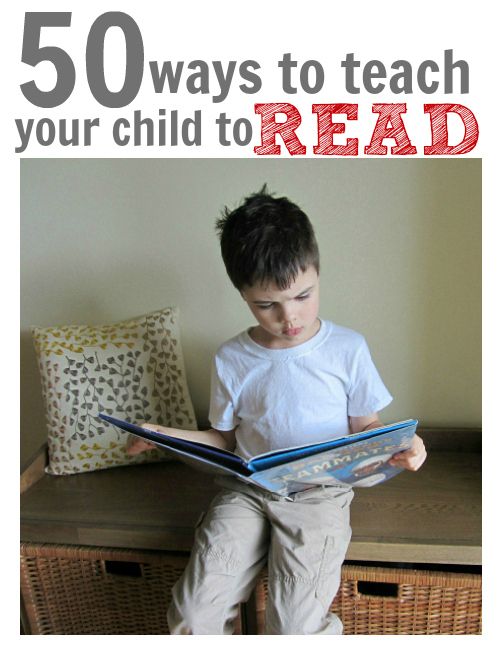 For example, put together the already familiar word “SO-BA-KA” with your child. Read it syllable by syllable and disassemble it into individual letters. Say: “And now you will see how much our “DOG” can give us new words! Let's watch?".
For example, put together the already familiar word “SO-BA-KA” with your child. Read it syllable by syllable and disassemble it into individual letters. Say: “And now you will see how much our “DOG” can give us new words! Let's watch?".
Then form new words from individual letters: “SOK”, “TANK”, “BOK”, “KO-SA”. Make up words in turn, ask the child to read each syllable by syllable and explain the meaning of what they read.
This exercise allows you to learn to read several words from already familiar syllables in one session.
Practice with your child every day for 10-15 minutes and in a couple of weeks you will see the first results. Your child will learn to combine letters into syllables and will already be able to read small words in syllables. And most importantly, he will do it with great enthusiasm and pleasure, because the whole learning process is an exciting game.
And if you have no time to experiment and study with your child on your own, enroll your child for a free trial lesson in our online school.

